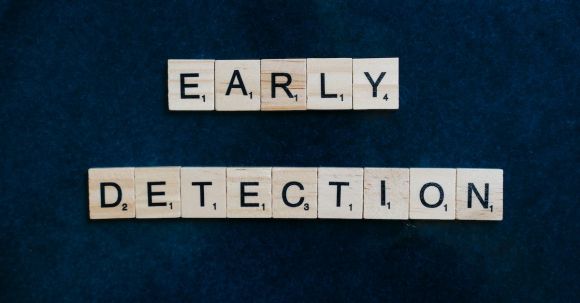Pests are a constant threat to agricultural crops, causing significant damage and loss of yield if left unchecked. Early detection of pests is crucial for effective crop protection and increased productivity. In this article, we will explore the importance of pest monitoring and the various techniques that can be utilized for early detection.
The Importance of Pest Monitoring
Pest monitoring plays a vital role in integrated pest management (IPM) strategies. By regularly monitoring crops for pests, farmers can identify potential problems before they become widespread and take appropriate action. Early detection allows for targeted interventions, reducing the need for excessive pesticide use and minimizing environmental impact.
Visual Inspection
Visual inspection is one of the simplest and most cost-effective ways to monitor pests. Farmers can walk through their fields regularly, observing plants for any signs of pest damage, such as chewed leaves, wilting, or discoloration. By monitoring crops at different growth stages, farmers can identify specific pests that are more prevalent at certain times and implement targeted control measures.
Pheromone Traps
Pheromone traps are another useful tool for monitoring pests. Pheromones are chemical substances emitted by insects to communicate with others of the same species. By strategically placing pheromone traps in the field, farmers can attract and capture specific pest insects. This method allows for the early detection of pests, as well as monitoring population levels to determine the need for intervention.
Sticky Traps
Sticky traps are adhesive surfaces that capture flying insects. They are particularly effective for monitoring pests such as aphids, whiteflies, and thrips. Sticky traps can be placed at various locations in the field and checked regularly for pest presence. By monitoring the number of pests caught on the traps, farmers can assess the severity of the infestation and take appropriate action.
Remote Sensing Technologies
Advancements in remote sensing technologies have revolutionized pest monitoring. Satellite imagery and drones equipped with high-resolution cameras can detect subtle changes in crop health, indicating the presence of pests or diseases. These technologies enable farmers to monitor large areas of land quickly and accurately, providing valuable insights for early pest detection and targeted intervention.
Biological Indicators
Some pests may not be easily visible or identifiable through visual inspection alone. In such cases, biological indicators can be used to monitor their presence. For example, certain plants or insects can serve as indicators for the presence of specific pests. By monitoring the presence or behavior of these indicators, farmers can proactively detect pests and implement control measures.
Early Intervention for Effective Pest Control
Early detection of pests is only the first step in effective crop protection. Once pests are identified, farmers can choose from a range of control measures, including cultural practices, biological control agents, and targeted pesticide applications. By intervening early, farmers can mitigate pest damage, minimize yield losses, and reduce the reliance on chemical pesticides.
In conclusion, effective pest monitoring is crucial for early detection and control of pests in agricultural crops. By utilizing techniques such as visual inspection, pheromone traps, sticky traps, remote sensing technologies, and biological indicators, farmers can proactively identify and manage pest infestations. Early intervention allows for targeted and sustainable pest control, leading to increased crop productivity and reduced environmental impact. Implementing a comprehensive pest monitoring program is essential for successful crop protection and long-term agricultural sustainability.
